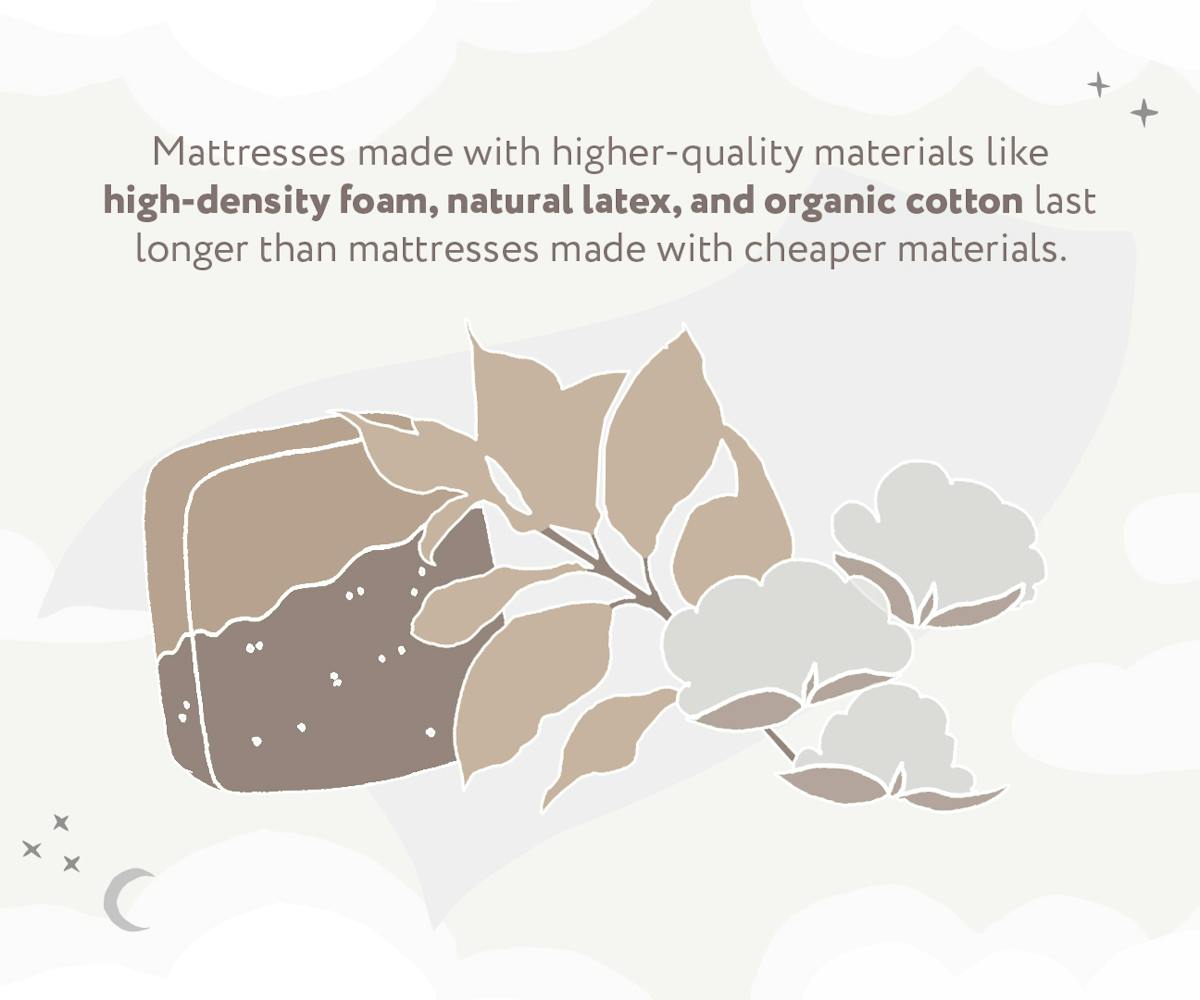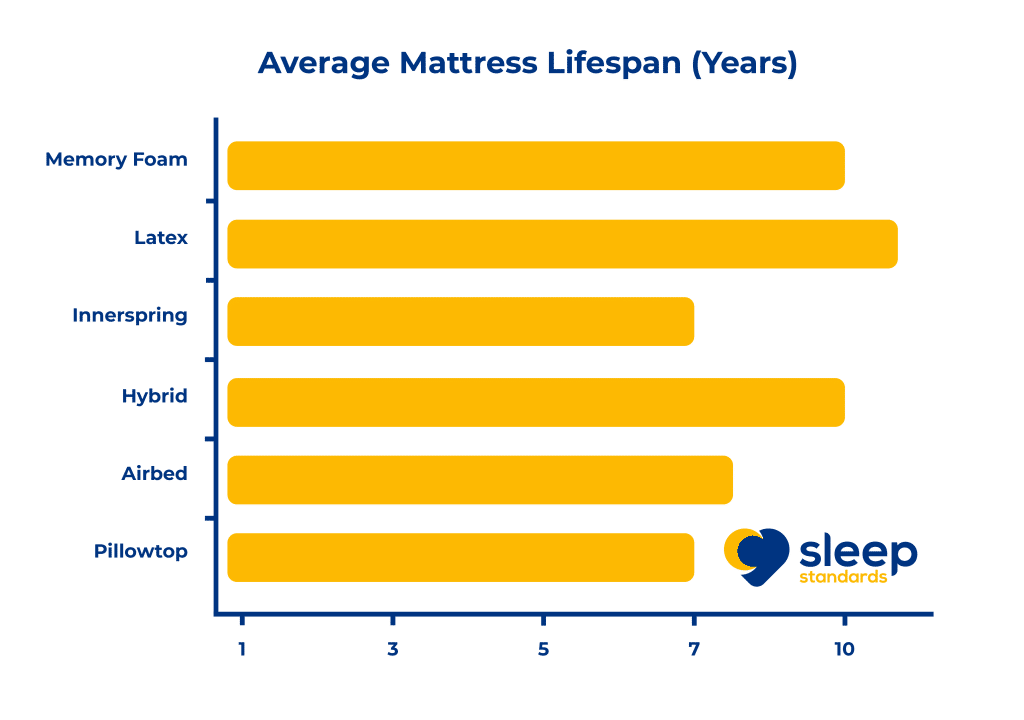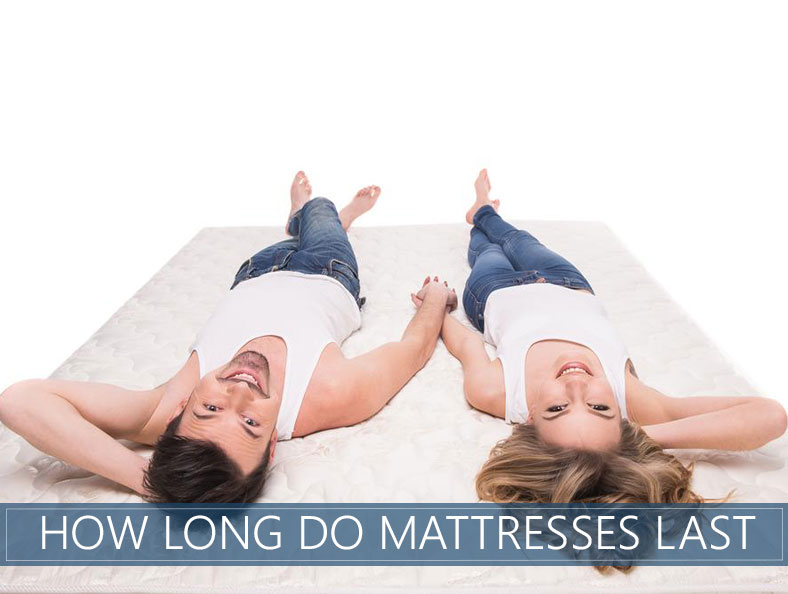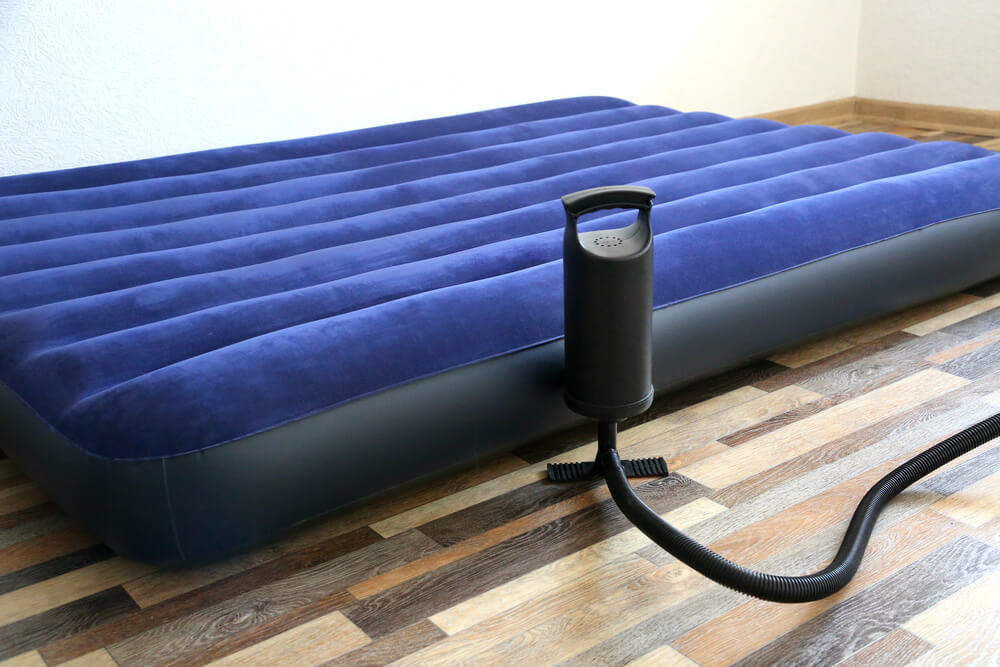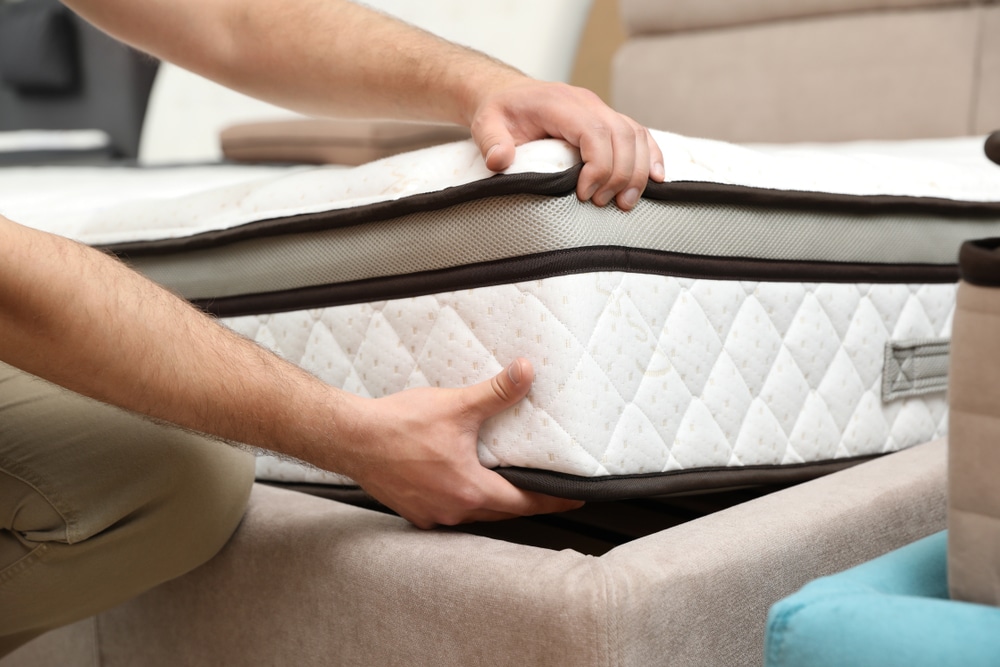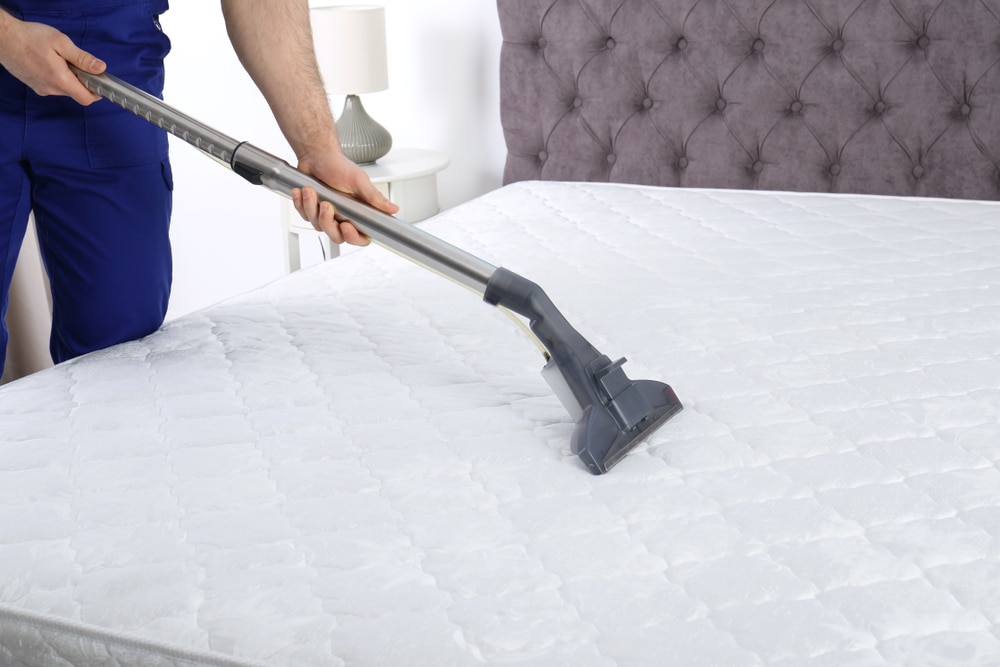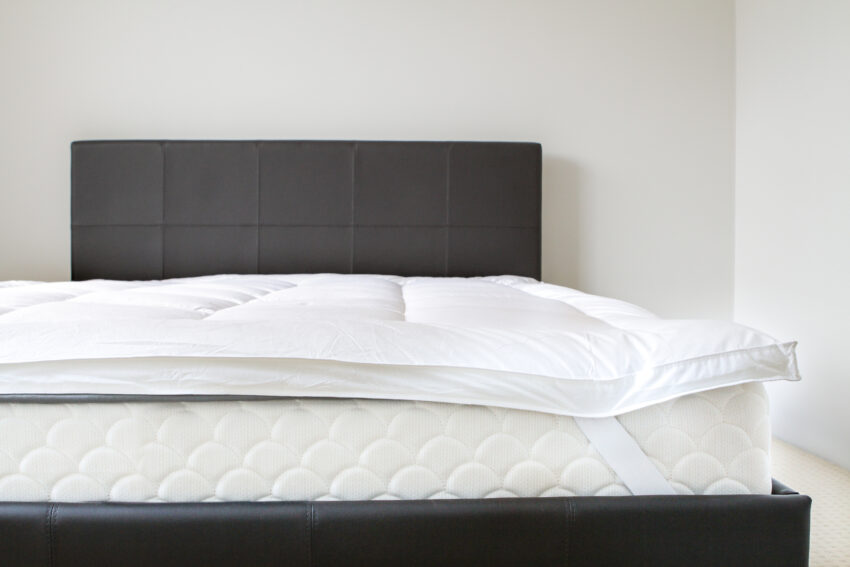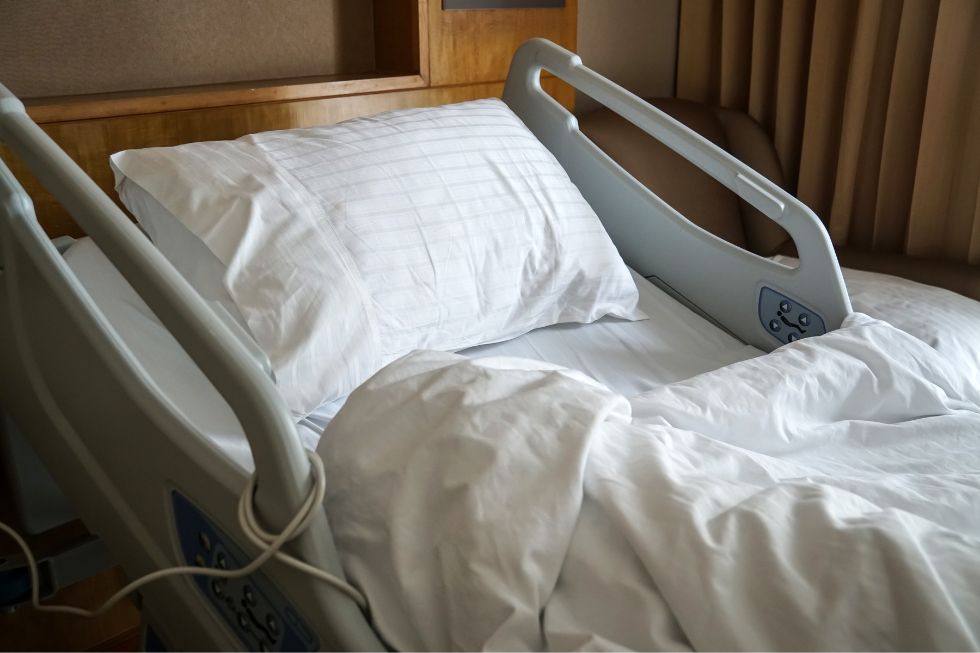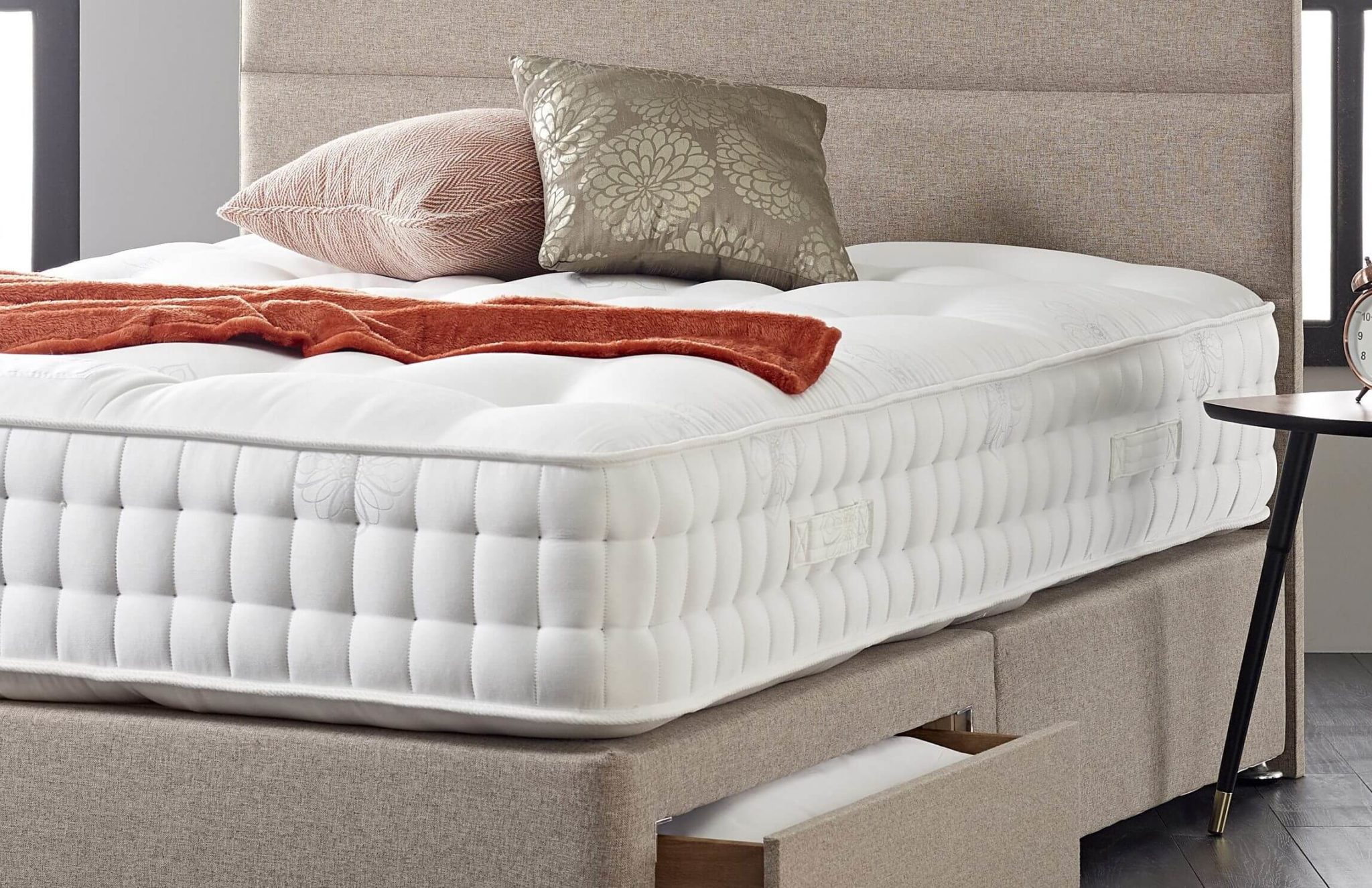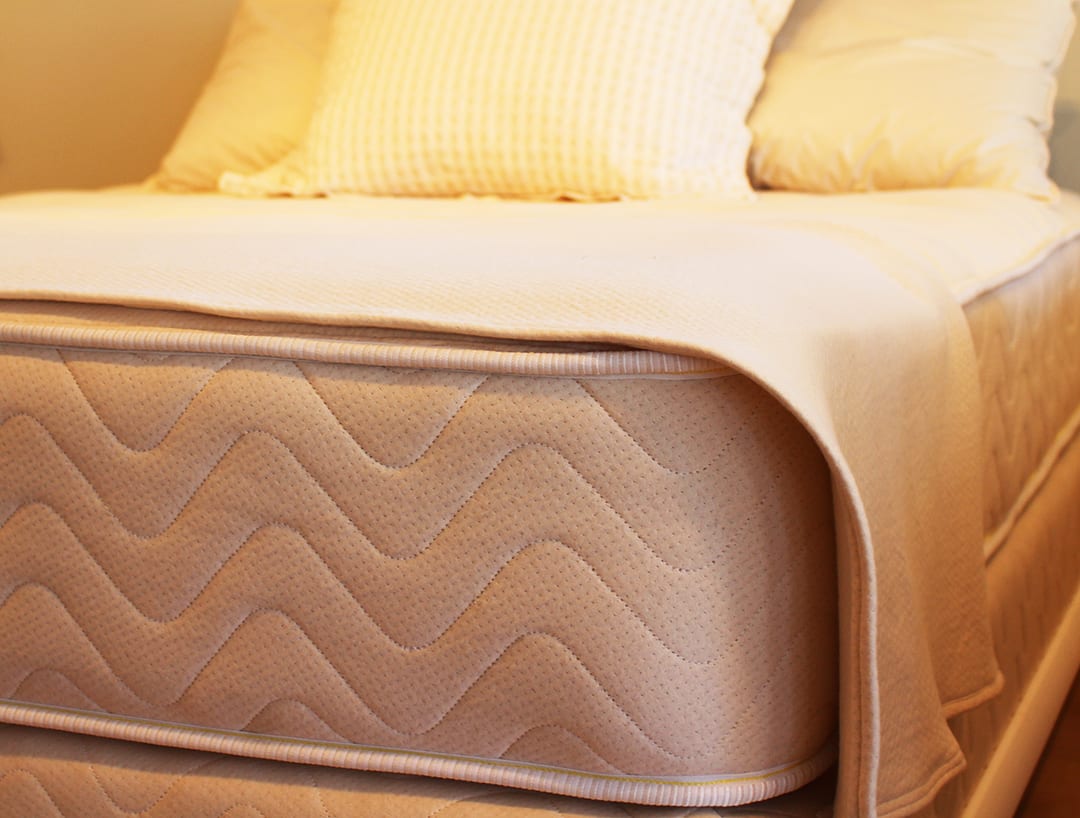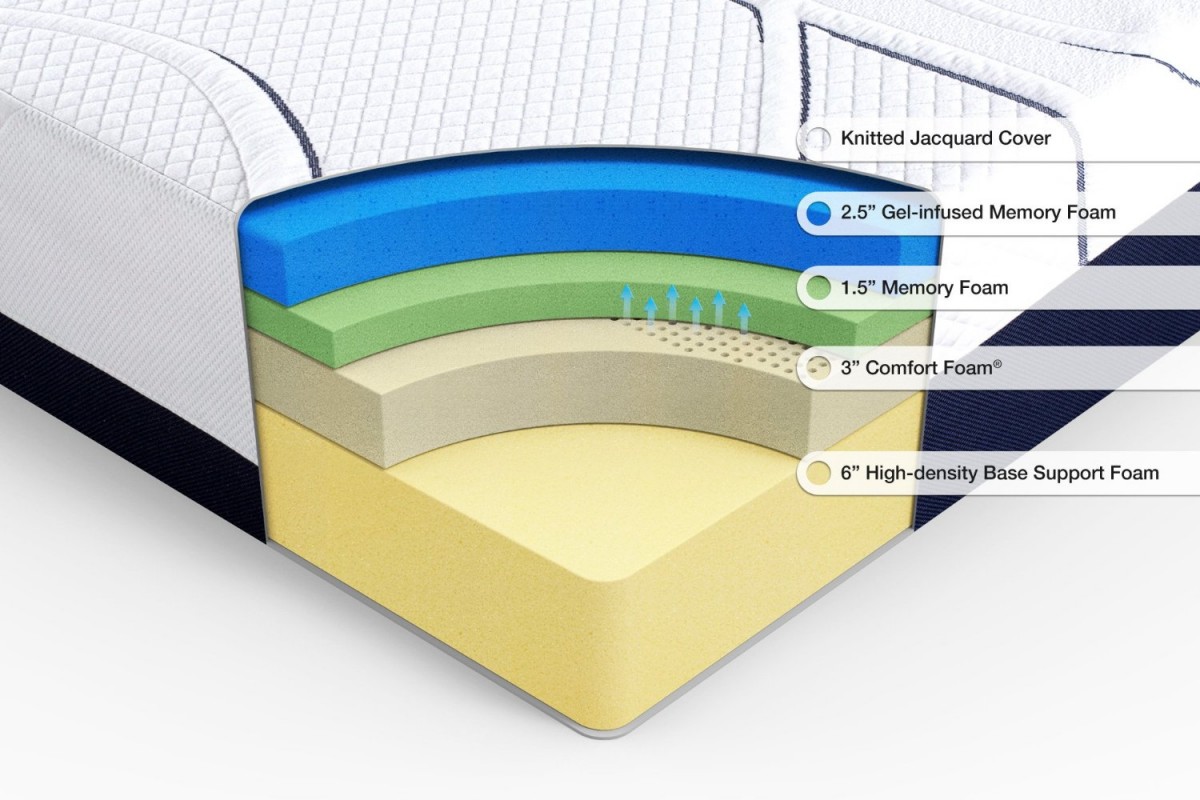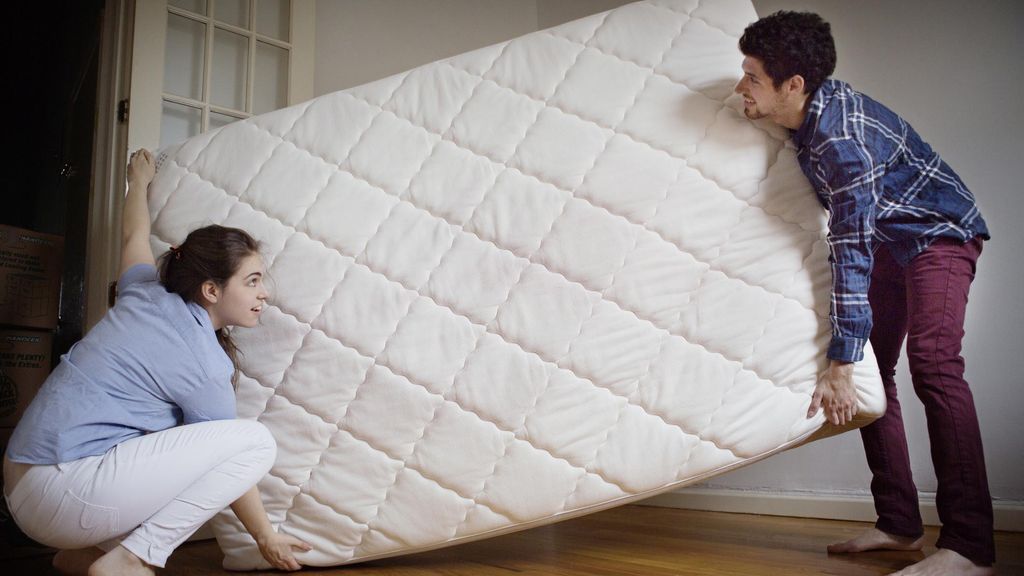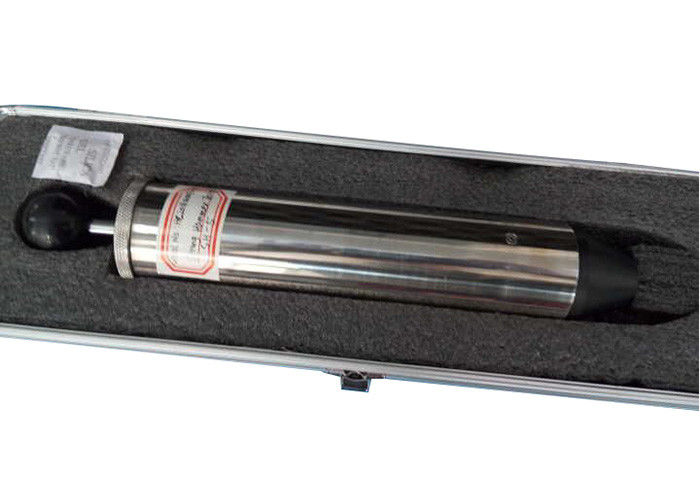A spring mattress is a popular choice for many people looking for a comfortable and supportive bed. But just like any other mattress, it has a limited lifespan. So, what is the average lifespan of a spring mattress? The answer is not straightforward, as it can vary depending on various factors. However, in general, a good quality spring mattress can last between 7 to 10 years.What is the average lifespan of a spring mattress?
As mentioned earlier, the lifespan of a spring mattress can vary, but there are some factors that can affect its longevity. The material used, the frequency of use, and the weight of the user are some of the main factors that determine how long a spring mattress will last. A well-maintained spring mattress can last up to 10 years, while a poorly maintained one may only last 5 years.How long do spring mattresses typically last?
Several factors can contribute to the lifespan of a spring mattress. One of the main factors is the quality of the materials used. A high-quality spring mattress made with durable materials can last longer than a lower quality one. The frequency of use is also crucial. A mattress that is used every night will have a shorter lifespan than one used occasionally. The weight of the user can also affect the lifespan of a spring mattress. Heavier individuals may cause more wear and tear on the mattress, shortening its lifespan. Additionally, using the mattress for activities other than sleeping, such as jumping or sitting, can also put strain on the springs and reduce its lifespan.Factors that affect the lifespan of a spring mattress
While the lifespan of a spring mattress may vary, there are steps you can take to prolong its longevity. Firstly, investing in a high-quality spring mattress from a reputable brand can make a significant difference. Regularly rotating and flipping the mattress can also help distribute weight and pressure evenly, preventing sagging and extending its lifespan. Another essential factor in maintaining a spring mattress is proper cleaning and maintenance. Vacuuming the mattress regularly can remove dust and debris, while using a mattress protector can prevent stains and spills from seeping into the mattress. Avoiding jumping or sitting on the bed and keeping pets off the mattress can also help prevent damage.How to extend the lifespan of a spring mattress
Even with proper maintenance, a spring mattress will eventually need to be replaced. Some signs that it's time for a new mattress include sagging, lumps or dips, and visible wear and tear on the surface. If you wake up with aches and pains, it could also be a sign that your mattress is no longer providing adequate support. Additionally, if you have had your spring mattress for over 10 years, it's likely time for a replacement. As a mattress ages, it becomes less supportive and can impact your quality of sleep. Investing in a new mattress can not only improve your sleep but also your overall health and well-being.Signs that it's time to replace your spring mattress
Spring mattresses are not the only option available on the market. Memory foam, latex, and hybrid mattresses are also popular choices. When it comes to longevity, memory foam mattresses tend to have a shorter lifespan of around 6 to 8 years, while latex and hybrid mattresses can last up to 10 years. However, it's essential to note that the lifespan of a mattress also depends on personal preferences and usage. For example, a memory foam mattress may be more suitable for someone who suffers from back pain and needs extra support, even if it has a shorter lifespan.Comparing the lifespan of spring mattresses to other types of mattresses
We cannot stress enough the importance of proper maintenance for a spring mattress. Not only can it contribute to a longer lifespan, but it can also improve your sleep experience. Regularly vacuuming and rotating the mattress, using a mattress protector, and avoiding harsh chemicals can all help maintain the quality of your spring mattress. Additionally, keeping the mattress in a well-ventilated room and avoiding exposure to direct sunlight can also extend its lifespan. Taking these simple steps can ensure that your spring mattress stays in good condition for as long as possible.The importance of proper maintenance for a longer lifespan of a spring mattress
As mentioned earlier, regularly rotating and flipping your spring mattress is crucial for its longevity. But how often should you do this? It's recommended to rotate your mattress every 3 months, and flip it every 6 months. However, if you notice any sagging or uneven wear, it's best to do so more frequently.How often should you rotate or flip a spring mattress?
We have already discussed how weight can affect the lifespan of a spring mattress. But how about usage? As mentioned earlier, using the mattress for activities other than sleeping can put strain on the springs and reduce its lifespan. Additionally, using the mattress as a primary seating option or sleeping in one spot consistently can also cause uneven wear and tear. It's essential to use the mattress for its intended purpose, and if you do need to use it for other activities, try to limit it as much as possible to extend its lifespan.The impact of weight and usage on the lifespan of a spring mattress
If you're in the market for a new spring mattress, it's crucial to invest in a high-quality one from a reputable brand. While it may be tempting to go for a cheaper option, it may not last as long and end up costing you more in the long run. Look for mattresses made with durable materials, and read reviews from other customers to get an idea of its quality. Additionally, consider factors such as your weight, sleeping habits, and any potential health issues when choosing a spring mattress. A mattress that provides the right support and comfort can contribute to a longer lifespan and better sleep quality.Choosing a high-quality spring mattress for a longer lifespan
The Lifespan of a Spring Mattress: How to Care for and Prolong its Use
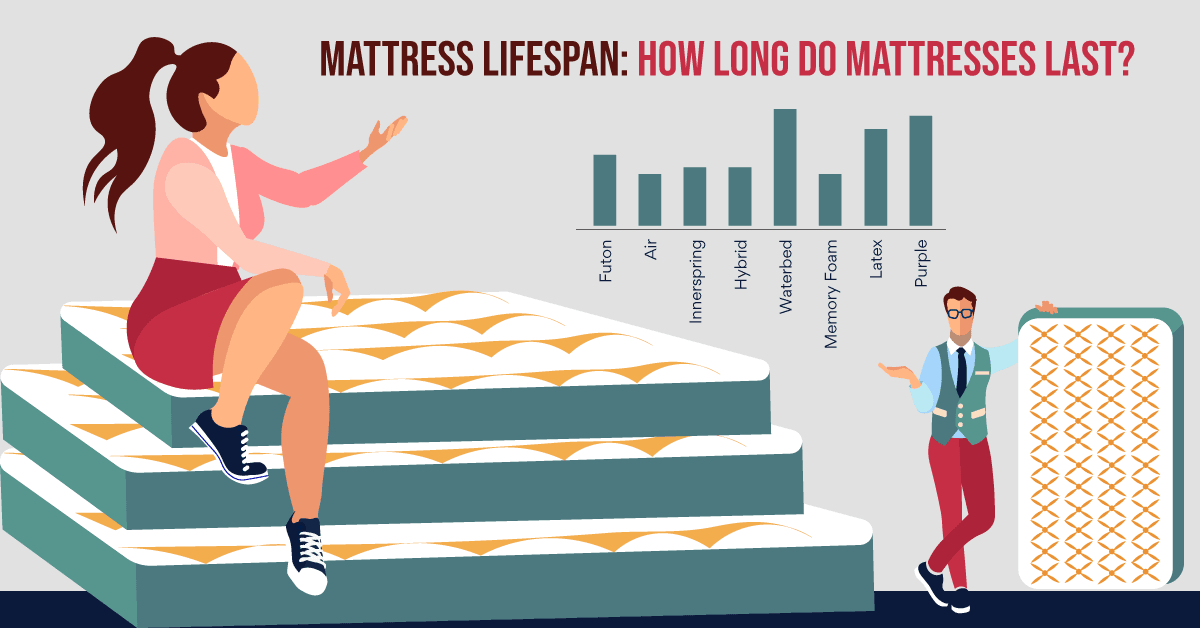
Introduction
 When it comes to designing our homes, we often focus on the aesthetics and functionality of our furniture and decor. However, one important element that is often overlooked is the
quality of our mattresses
. After all, we spend about one-third of our lives sleeping, and a good night's rest is crucial for our overall health and well-being. In particular, spring mattresses are a popular choice due to their
affordability and comfort
. But how long can we expect a spring mattress to last? In this article, we will take a closer look at the
lifespan of a spring mattress
and how we can best care for and prolong its use.
When it comes to designing our homes, we often focus on the aesthetics and functionality of our furniture and decor. However, one important element that is often overlooked is the
quality of our mattresses
. After all, we spend about one-third of our lives sleeping, and a good night's rest is crucial for our overall health and well-being. In particular, spring mattresses are a popular choice due to their
affordability and comfort
. But how long can we expect a spring mattress to last? In this article, we will take a closer look at the
lifespan of a spring mattress
and how we can best care for and prolong its use.
The Average Lifespan of a Spring Mattress
 While there are many factors that can affect the lifespan of a spring mattress, on average, they tend to last around
8 to 10 years
. This may vary depending on the
quality of the mattress, frequency of use, and weight of the sleeper
. For example, a mattress that is used every night by a heavier individual will likely wear out faster than one used by a lighter individual only on weekends.
While there are many factors that can affect the lifespan of a spring mattress, on average, they tend to last around
8 to 10 years
. This may vary depending on the
quality of the mattress, frequency of use, and weight of the sleeper
. For example, a mattress that is used every night by a heavier individual will likely wear out faster than one used by a lighter individual only on weekends.
Signs that Your Spring Mattress Needs to be Replaced
 There are a few key indicators that your spring mattress may need to be replaced. These include
sagging or lumps
in the mattress,
increased discomfort or pain
when sleeping, and
allergy symptoms
that are not relieved by cleaning or changing your bedding. If you notice any of these signs, it may be time to start shopping for a new spring mattress.
There are a few key indicators that your spring mattress may need to be replaced. These include
sagging or lumps
in the mattress,
increased discomfort or pain
when sleeping, and
allergy symptoms
that are not relieved by cleaning or changing your bedding. If you notice any of these signs, it may be time to start shopping for a new spring mattress.
Caring for and Prolonging the Use of Your Spring Mattress
 To ensure that your spring mattress lasts for as long as possible, there are a few
simple care tips
that you can follow. First, it is important to
rotate your mattress
regularly to prevent uneven wear. This can be done every few months by flipping the mattress over or rotating it from head to foot. Additionally, using a
mattress protector
can help prevent stains and damage to the mattress. And finally, it is important to
avoid jumping or standing
on the mattress, as this can cause damage to the springs.
To ensure that your spring mattress lasts for as long as possible, there are a few
simple care tips
that you can follow. First, it is important to
rotate your mattress
regularly to prevent uneven wear. This can be done every few months by flipping the mattress over or rotating it from head to foot. Additionally, using a
mattress protector
can help prevent stains and damage to the mattress. And finally, it is important to
avoid jumping or standing
on the mattress, as this can cause damage to the springs.
In Conclusion
 A spring mattress can be a great investment for your home, providing comfort and support for many years. By understanding its average lifespan and following some simple care tips, you can ensure that your spring mattress lasts for as long as possible. Remember, a good night's rest is essential for our overall health and well-being, so don't overlook the importance of a high-quality mattress in your home design.
A spring mattress can be a great investment for your home, providing comfort and support for many years. By understanding its average lifespan and following some simple care tips, you can ensure that your spring mattress lasts for as long as possible. Remember, a good night's rest is essential for our overall health and well-being, so don't overlook the importance of a high-quality mattress in your home design.







